Tips For Long Term Storage
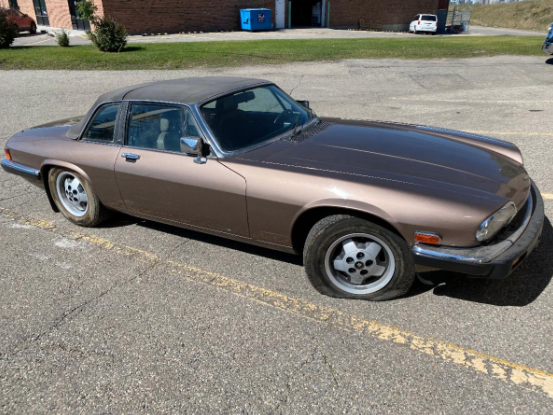
Many of the cars that come to me are cars that haven't been driven in a while - sometimes not for decades. Recommissioning them is a bit of a lottery. Some cars don't seem to suffer much from long term storage, and others can be a real challenge. Much depends on the preparation - if any - the car receives before being put away.
This Jaguar XJ-SC above, pictured after seeing daylight for the first time in 20 years, was a friend's dad's car that was kept for sentimental reasons. It was deteriorating, and the time came to let it go. This took me a good nine months and $20k to sort out: everything leaked and the fuel tank was full of rust. After the miserable job of acid dipping and re-coating the fuel tanks, it is now reliable and my favourite car. A buyer will come along eventually, but I don't mind enjoying it in the meantime.
The Spyker that we are working on hadn't moved since 2006, and only had 350 miles on it. It needed new fuel pumps, which had seized. The pumps were rather inconveniently located inside the twin fuel tanks buried in each side sill. To pull the tanks out we had to drop the rear suspension. After they were replaced, along with some fresh gas, the car fired right up and runs great.
The Spyker wasn't the lowest mileage car that I had to resurrect though. When I was working at Porsche my Used Car Manager came to me with a package deal: a nice Porsche 968 and a 183km 1981 MGB with an enclosed trailer. It had been 'pickled' from new. How could I resist?
The original owner of the MGB was an active member of the MG club, and was a lubrication engineer by trade. Fastidious didn't begin to describe the detail to which he documented and prepared the MGB for storage. He even took notes on the dates he drove the car, and when he washed it.
This guy was a friend of Don Cooke, the principal of Cooke Motors who were the local distributors for British Cars in the '70s and '80s in Calgary. As was the custom at the time, they went for drinks most Friday afternoons. Don said that he should buy one of the last MGBs because they were going out of production, and convertibles were being legislated out of existence. It would be a good investment.
The car was thoroughly washed and waxed. The fuel tank was drained. The exhaust was plugged. Oil was misted on all the mechanical components and ingested into the carburettor. The spark plugs were removed and oil was squirted into the combustion chambers. The tension on the valve springs was released which sealed the cylinders. The battery was removed. The car was placed on jack stands which were greased so mice couldn't climb into the car. The car was covered by thick blankets - and there is sat for 35 years.
It didn't turn out to be a good investment though.
1980 wasn't a great year for automobiles. Emission regulations were tightening and fuel injection and digital engine management were in their infancy. The poor MGB had gone from a relatively stout 90hp in the 1960's to a wheezing 63hp. A Corvette only made 190hp out of 5 litres of displacement and even the 8 Cylinder Ferrari could only come up with 205hp. Add to that awkward solutions to 5mph bumpers and headlight height regulations, and few cars from the early 80's are worth anything today.
Because the car was a non-repeatable time capsule, I didn't want to touch it before the sale. I volunteered to recommission it at the buyers expense if desired. I figured a prospective owner might not want it touched.
I listed the car on Bring A Trailer and a guy bought it for a present for his uncle - who sold his when he got married. It didn't go for a lot of money; the MG peanut gallery on BAT was pretty grumpy and criticized the car fro not being driven, and forecasted all manner of problems that the new owner should expect. In hindsight I should have probably got the car running first.
On behalf of the new owner, I sent the car to XJ Automotive to sympathetically revive it. Asit, the shop owner, used to work for Cooke Motors and PDI'd these cars when they were new - possibly even this car. Asit even remembered the original owner. It didn't take much to get the car going. One wheel bearing was noisy and that was basically it apart from a change of fluids and new battery. Asit said that it drove exactly the way he remembered. It may as well have been stored for the winter.

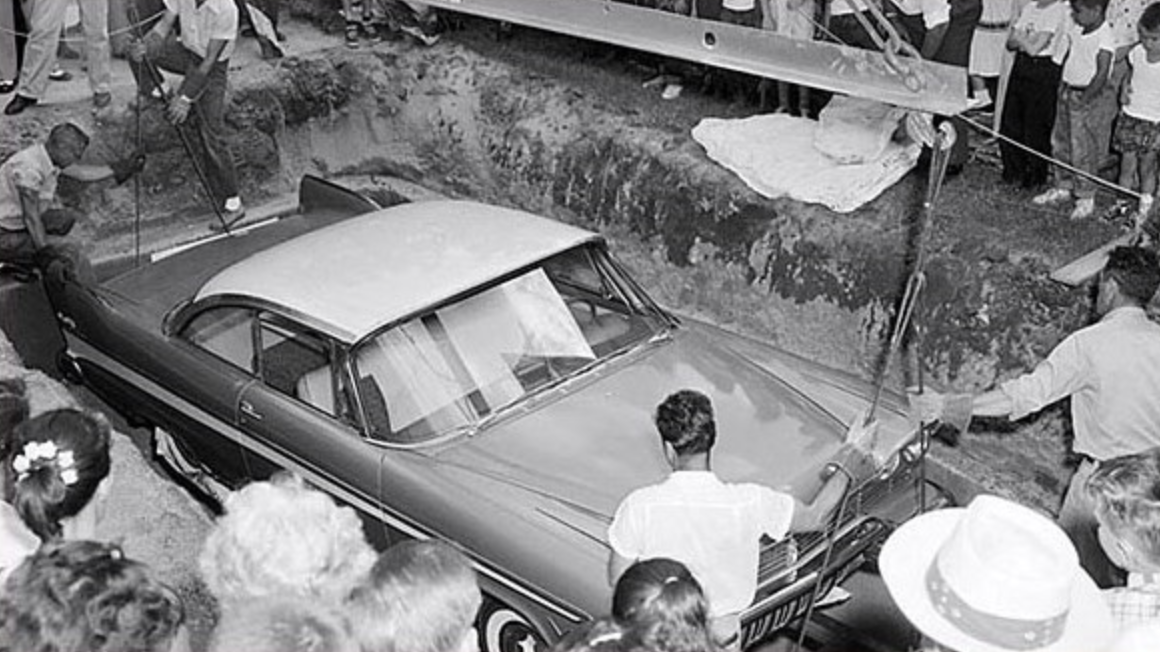
At the other end of the scale is the 1957 Plymouth Belvedere that the city of Tulsa, Oklahoma decided to 'preserve' as part of a time capsule to be opened 50 years later. The person who guessed the population of Tulsa in 2007 would win the car for themselves or their descendants. It was covered in cosmoline and buried in a bunker, said to be able to withstand a nuclear attack. It couldn't withstand water though, and 50 years later the car was found almost completely submerged.
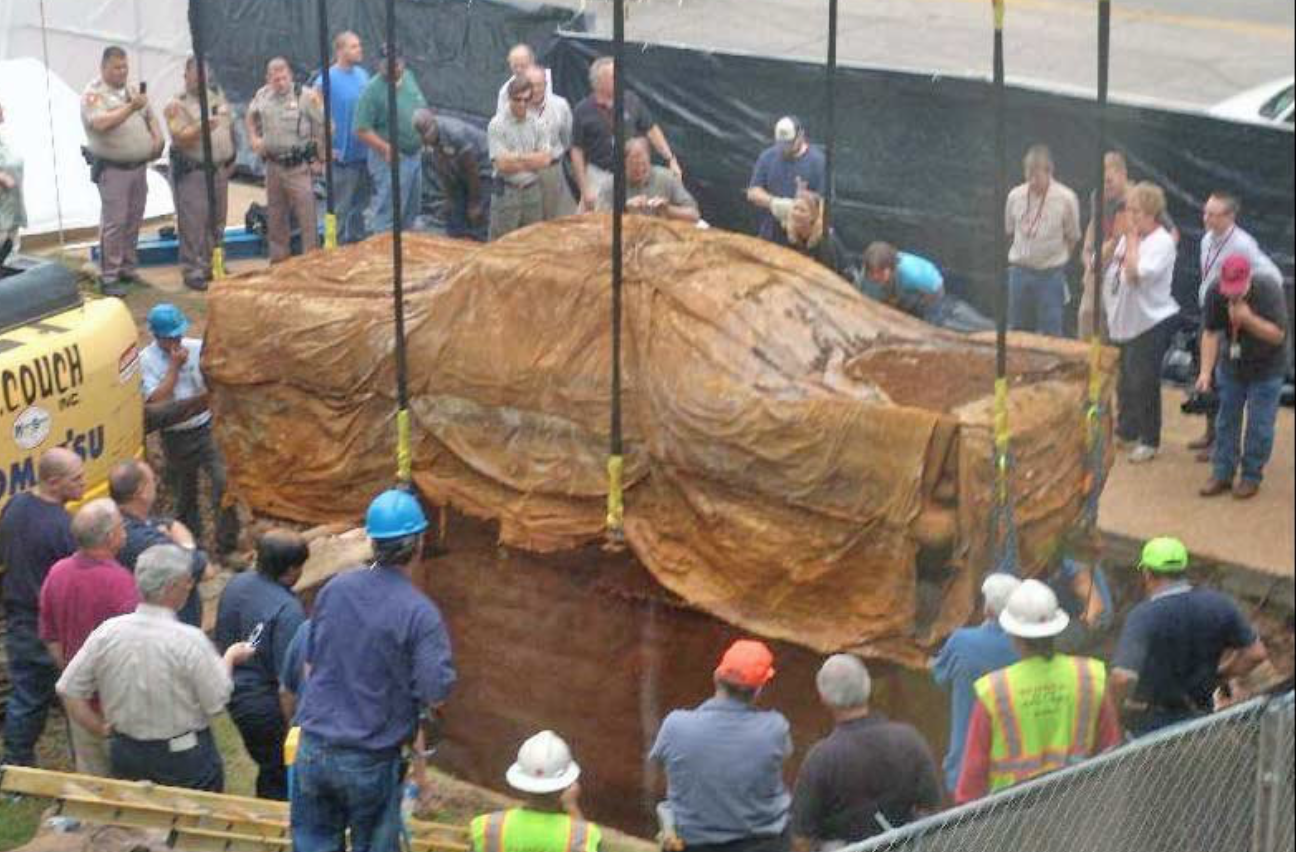
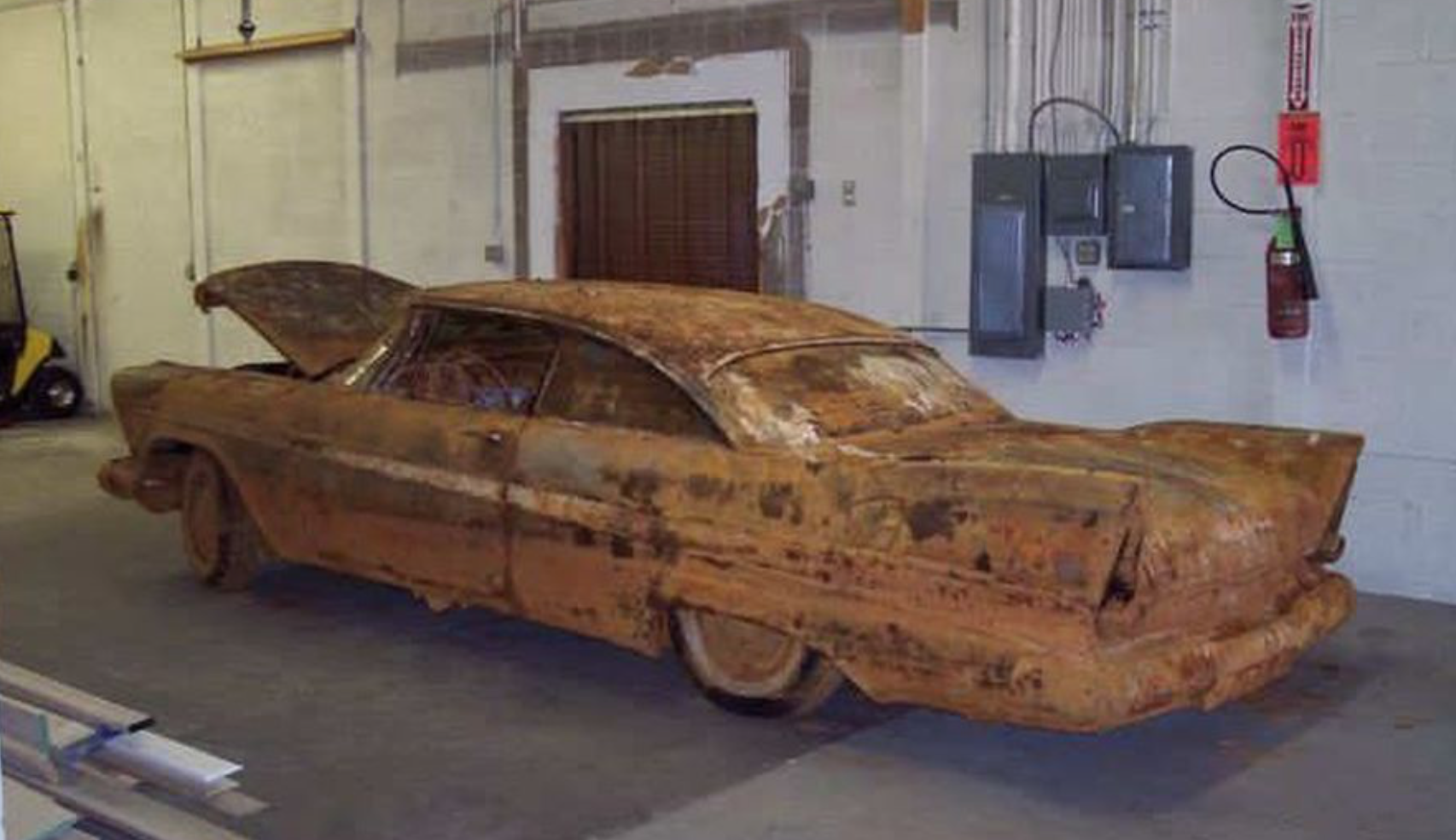
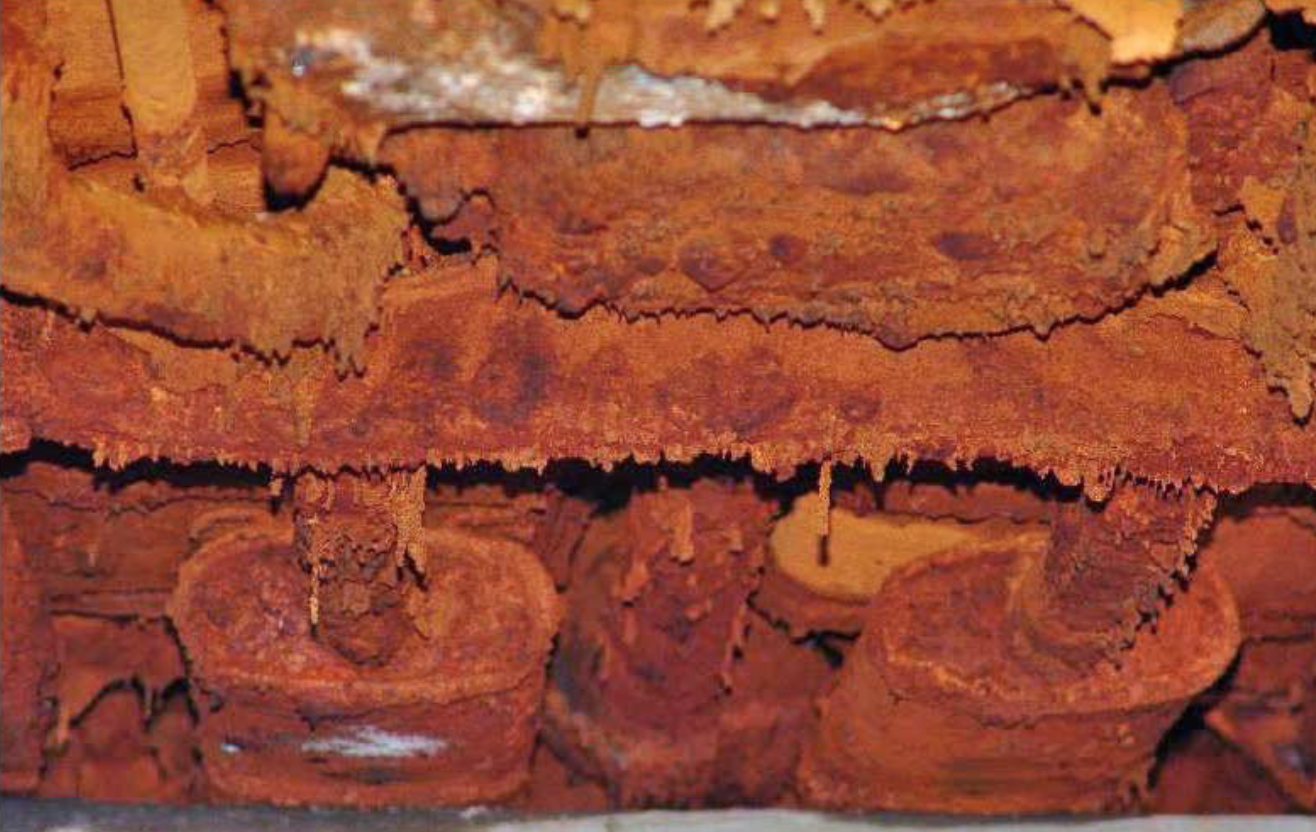
So, don't do that!
The truth is that it is better for the car to be driven. Mechanical parts like their regular coatings of lubricants, and anything with bearings likes to be regularly turned. Condensation will collect on all metal surfaces, especially if subjected to temperature changes, and will eventually rust. Economically, there are not many cars that will beat out inflation and storage/insurance costs to justify hanging on to them. If you are not going to use it, it probably is better to sell.
Lawrence Romanosky, Calgary, Canada
Lromanosky@me.com, 403-607-8625

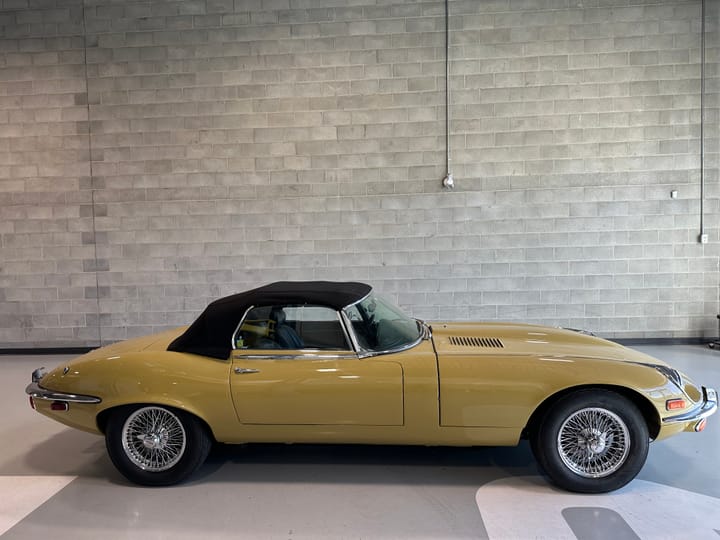

Comments ()